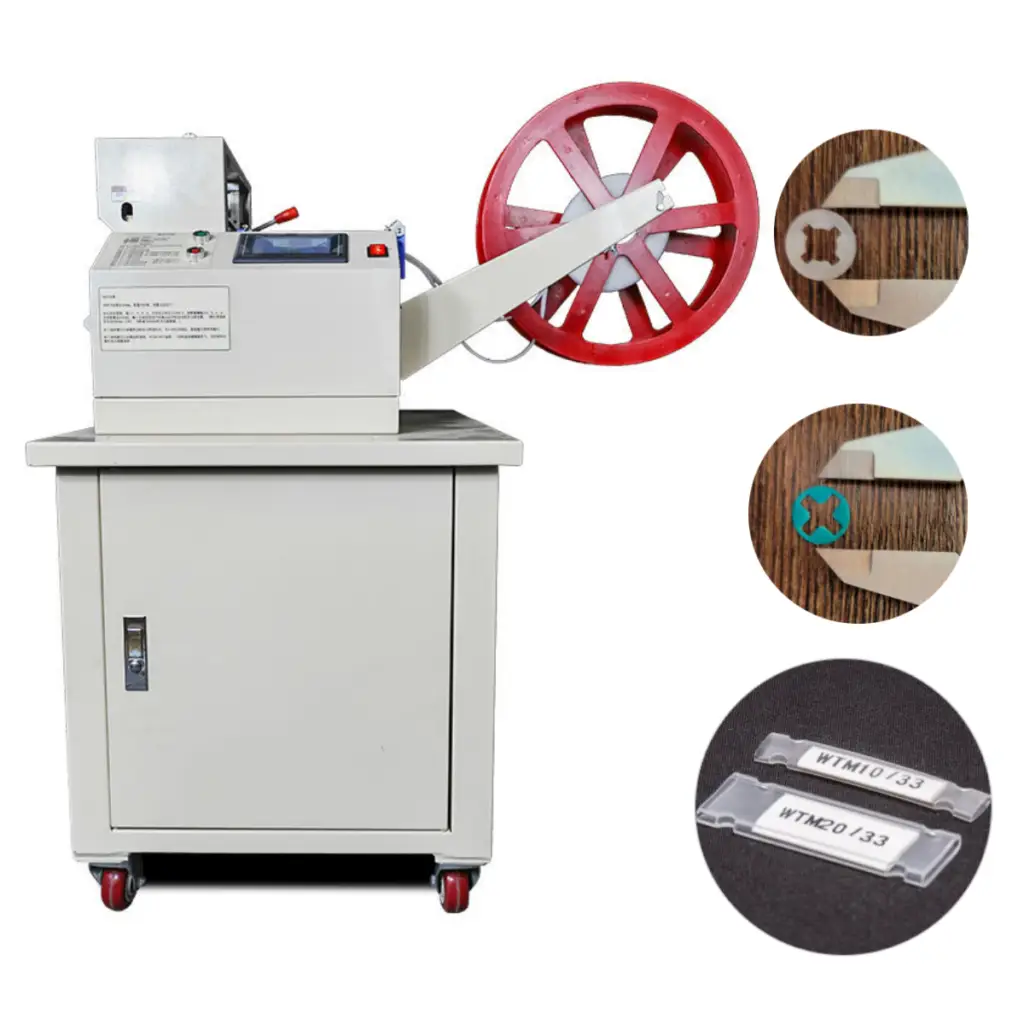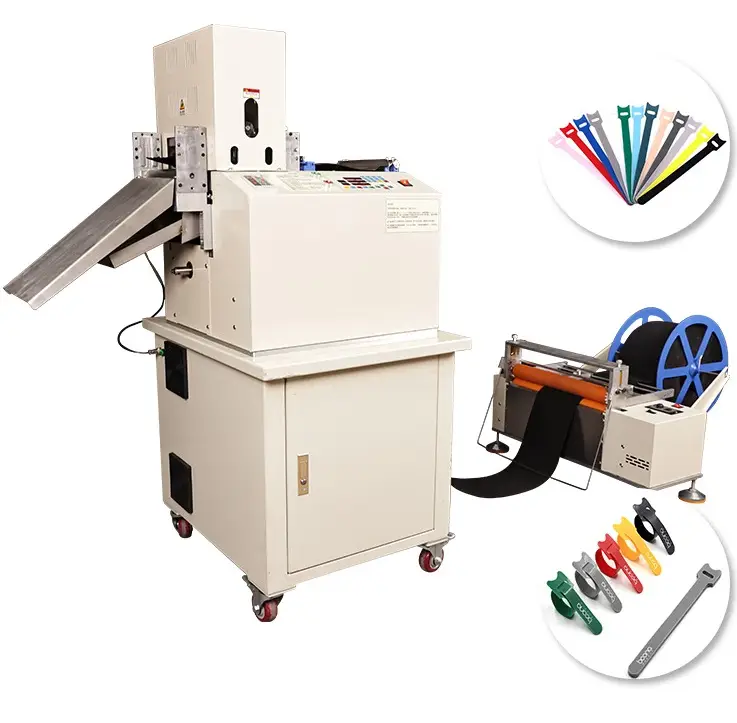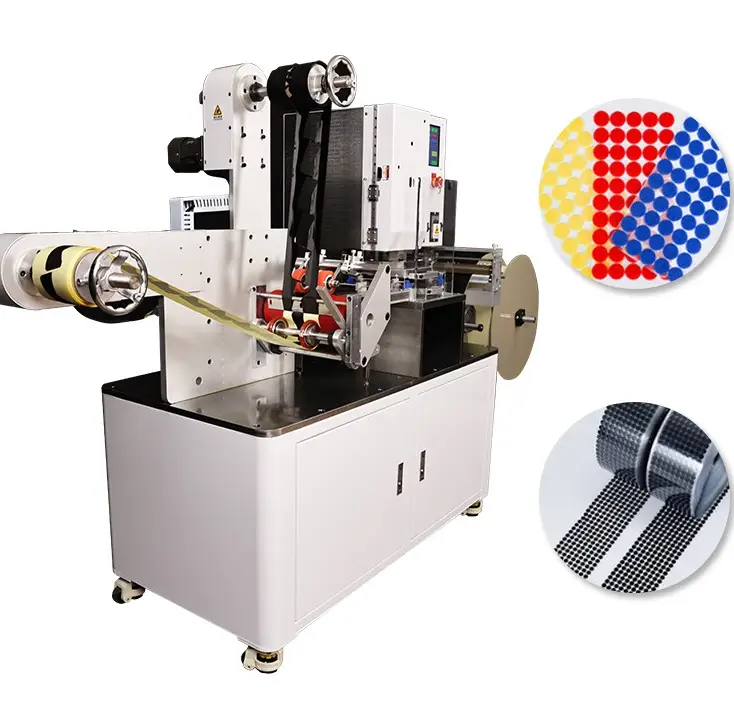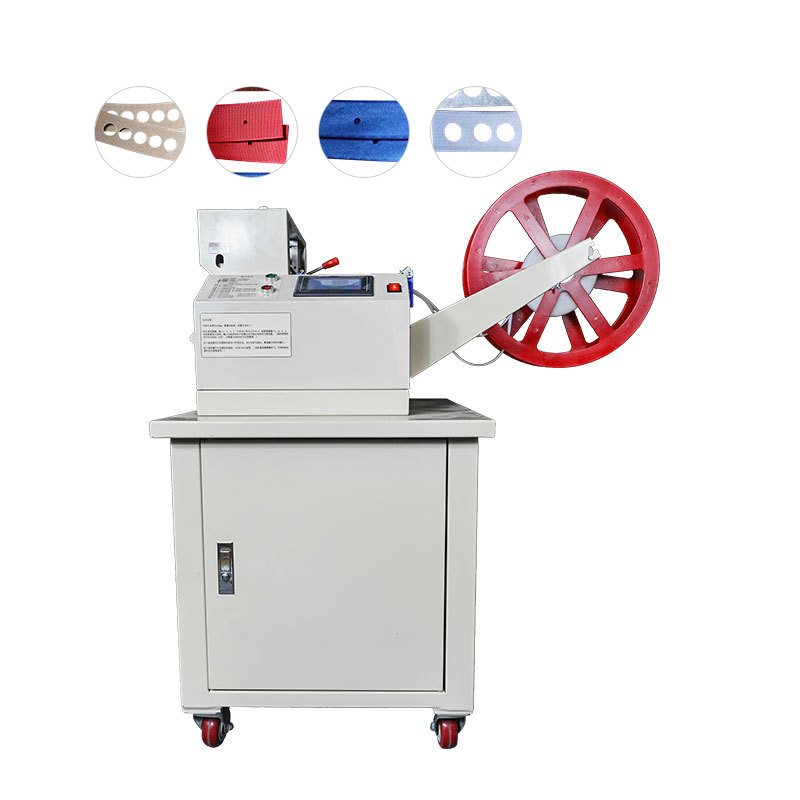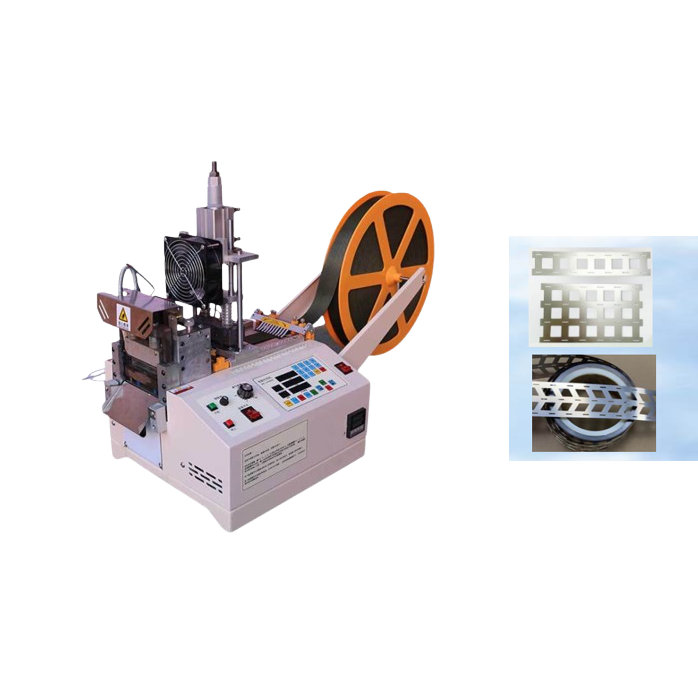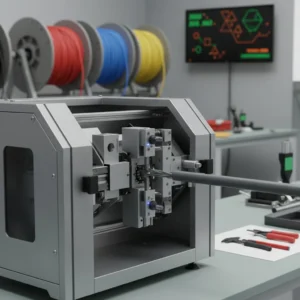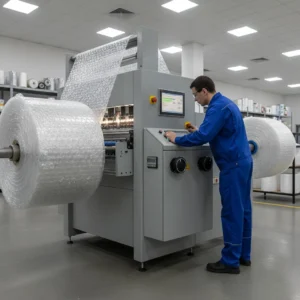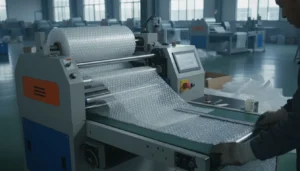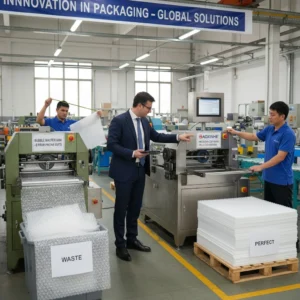How can an automatic paper cutting machine increase throughput in a commercial print facility?
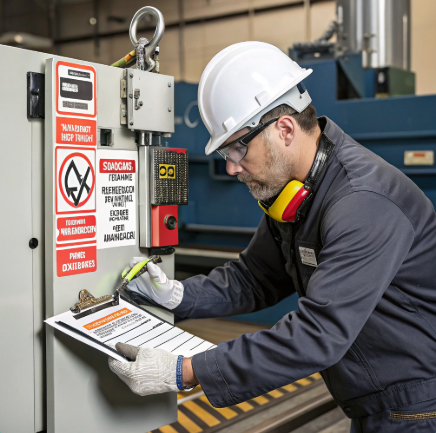
Print facilities lose hours manually aligning and cutting stacks. I’ve seen operators pause presses waiting on cutters.
Automatic paper cutting machines accelerate job flow by streamlining cutting, reducing manual intervention, and enabling continuous operation.
- Automatic paper cutting machines enable continuous, high-speed cutting, significantly reducing cycle times and increasing the volume of sheets processed compared to manual cutting.
- Integration with digital controls and programmable settings allows quick adjustments to cut sizes and batch runs, minimizing downtime between jobs and enhancing production flexibility.
- Automated feeding and stacking systems reduce the need for manual handling, speeding up the workflow and allowing operators to focus on other tasks, thus improving overall efficiency.
- Precision cutting with consistent, repeatable accuracy decreases material waste and rejects, optimizing material usage and reducing rework time.
- Advanced sensors and safety features enable the machine to operate at higher speeds safely without compromising operator safety or product quality.
Here’s how automation transforms productivity for print professionals.
What integration options exist between automatic cutters and digital prepress systems?
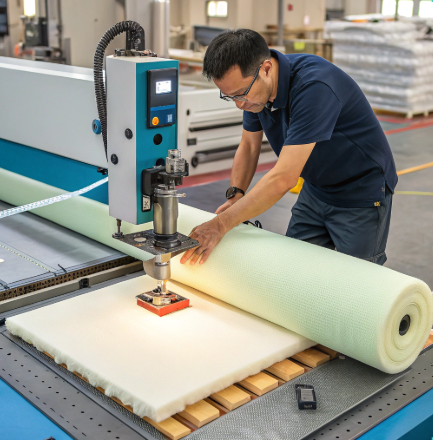
I’ve worked with teams frustrated by miscommunication between prepress and finishing—wrong cuts, wasted stock.
Modern cutters integrate via barcode systems, XML job data, or JDF to sync prepress files with cutting instructions—eliminating manual setup and errors.
Let’s explore the tech that connects digital files to physical cuts.
How can an automatic paper cutting machine increase throughput in a commercial print facility?
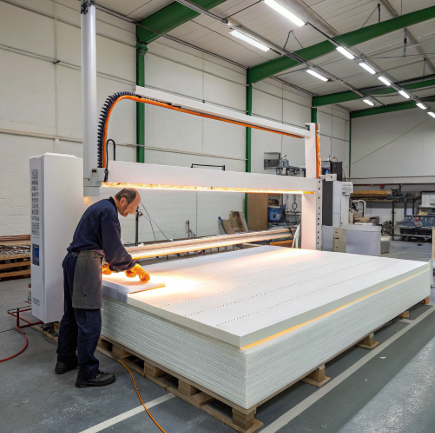
Speed in printing isn’t just about presses. Cutting delays can bottleneck the entire workflow.
An automatic cutter reduces manual setup, increases cutting speed, and enables unattended operation—boosting throughput and meeting tight deadlines.
Dive deeper: key ways automation boosts performance
1. Programmed job memory
Machines store cutting sequences for common jobs. Operators load and run jobs in seconds.
2. Stack alignment systems
Hydraulic clamps and air tables ensure perfect alignment. Less manual repositioning, better accuracy.
3. Faster cycle times
Electric or hydraulic cutters process stacks in under 5 seconds. That’s 10–15 times faster than manual.
4. Job queuing
Advanced models queue multiple jobs. One operator can prepare new jobs while the machine finishes the last.
5. Reduced errors
Precise programmable controls eliminate rework from miscuts—saving both time and materials.
6. Operator-free workflows
When integrated with conveyors or loaders, one person can manage multiple units. Overnight operation is possible for high-volume facilities.
Example from HAOXINHE
Our hot and cold cutting machines and rotary bevel cutters are used in print facilities across Europe. They cut laminated or specialty films with ±0.1 mm accuracy at high speed. Clients report 40–60 % throughput increases after switching from semi-auto to full-auto setups.
What integration options exist between automatic cutters and digital prepress systems?
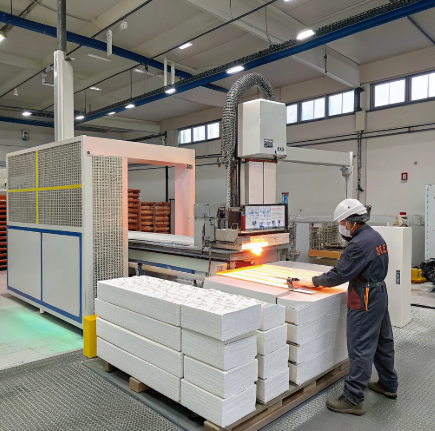
Cutting errors often trace back to miscommunication. Linking digital design to the cutter ensures every job matches specs.
Automatic cutters now read prepress data via barcodes, XML/JDF formats, and networked workflows—streamlining setup and reducing human error.
Dive deeper: integration strategies
1. Barcode recognition
Prepress systems print a barcode on each sheet or job tag. The cutter scans it and loads the matching program automatically.
2. JDF job ticket import
Job Definition Format (JDF) files from RIP/prepress software include cut sizes, stacking logic, and orientation. The cutter reads this file to configure its blades.
3. XML integration
Custom XML data links prepress layout with machine cut specs—ideal for batch jobs with unique dimensions.
4. Networked systems
Cutters connect via Ethernet or Wi-Fi to a print facility’s job management system. This supports automatic job download and live status updates.
5. Touchscreen with preview
Operators can view print layout and expected cuts before running. This prevents costly miscuts and allows last-minute checks.
6. Workflow automation platforms
Tools like Heidelberg Prinect or Fiery Workflow Suite can send cut data directly to the machine after RIP.
Integration Feature Table
| Integration Type | How It Works | Benefits |
|---|---|---|
| Barcode reader | Scans job ID to load program | Zero setup time |
| JDF/XML import | Transfers cut info from prepress | Accurate job translation |
| Network connection | Fetches jobs from central system | Workflow automation |
| GUI preview screen | Confirms cut layout visually | Prevents operator error |
Case Study – Canadian Print Facility
A client integrated our Suzhou Haoxinhe trademark cutting machine with their Fiery system. Barcode-based job recall saved 4 minutes per setup—translating to 3 extra jobs/day.
Conclusion
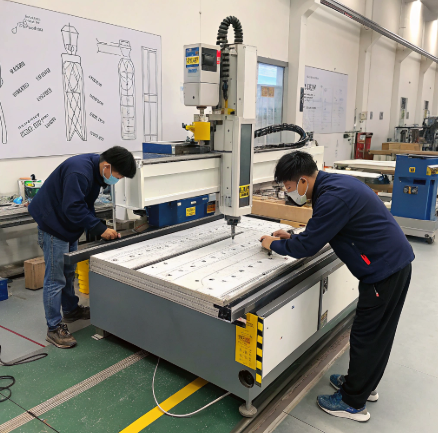
Automation and digital integration enable faster cutting, fewer errors, and seamless print workflows—perfect for modern commercial facilities.
Insights
💡 Insight: From Bottleneck to Breakthrough—Cutting as the Silent Productivity Multiplier
In over two decades working with commercial print facilities, the most underestimated productivity killer I’ve seen isn’t press speed—it’s bottlenecks at the finishing stage. Specifically, manual paper cutting. While presses blaze through thousands of sheets per hour, the cutting table often becomes the chokepoint, especially in small to mid-sized facilities that haven’t upgraded.
Automatic paper cutting machines fundamentally shift this dynamic. When properly integrated, they transform cutting from a stop-start task into a lights-out operation. I’ve personally consulted with facilities that, after adopting full-auto setups (like HAOXINHE’s models), extended production hours without increasing labor. One operator now oversees what used to take three.
The real hidden gain? Consistency. Manual cutting introduces variances that snowball into rejects, reprints, and rework. Automation delivers surgical precision—every sheet, every stack, down to fractions of a millimeter.
If you’re running a tight ship with lean staff and pressing deadlines, an automatic cutter isn’t just an upgrade—it’s operational insurance. You’re not buying speed; you’re buying predictability and scale.
Suzhou Haoxinhe Electrical Equipment Co., Ltd. delivers cutting-edge webbing tape and paper cutting machines with programmable logic, barcode scanners, and XML/JDF integration. For print facilities scaling operations, this means higher throughput and fewer manual tasks.
